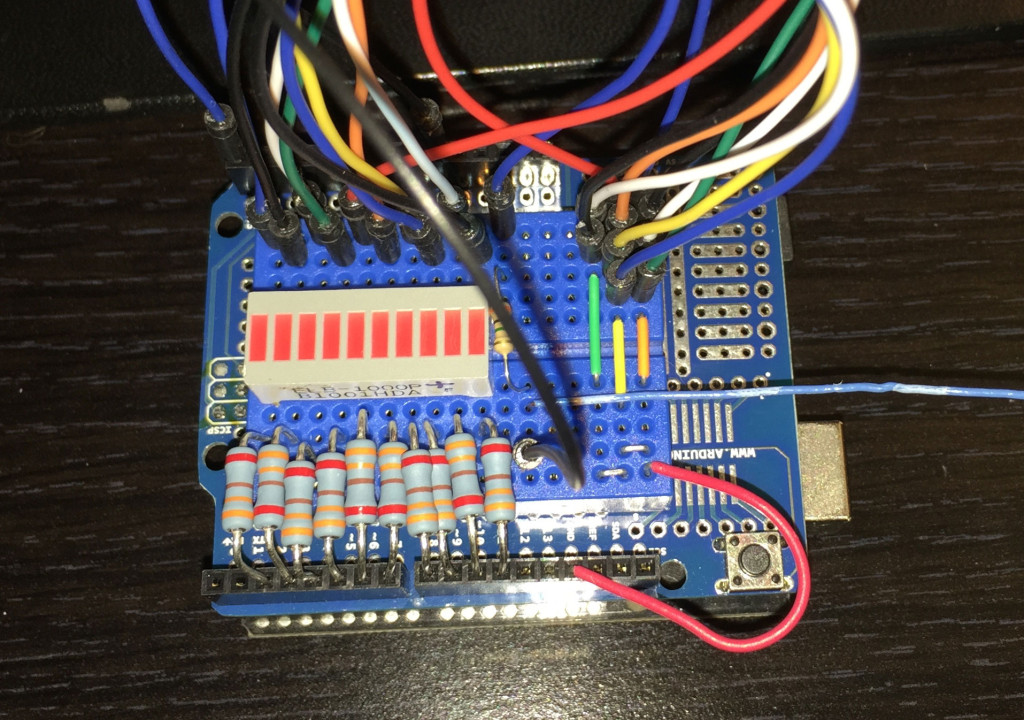
The maker movement has taken the world by storm. No longer are people content to buy their own gadgets off the shelf, they instead want to make their own or modify other gadgets. If you’re not familiar with Maker culture, here’s a great Wiki article.
This week, SciMinds proudly introduces our first series on do it yourself (DIY) ghost hunting equipment.
Why Create Custom Ghost Gear?
The paranormal community is no stranger to repurposed equipment. In fact, initially there was no such thing as specialized ghost hunting equipment.
Long before shows like Ghost Hunters and Ghost Adventures became big hits on national television, amateur paranormal investigators were using equipment designed for other tasks. EMF detectors, FLIR cameras, IR cameras, and digital audio recorders all had much more boring uses before being pressed into service by industrious investigators.
Today KIIs, Tri-Field meters, and audio recorders are standard equipment for paranormal investigators. So why reinvent the wheel?
I’ll answer this with a proverbial tree-in-the-forest question. If a KII picks up EMF and no one sees it, what good is it?
And how can you be sure spikes weren’t attributable to non-paranormal (AKA “normal”) causes such as household current or cell phones? What if you want to collect data and analyze it later? Yes there are data loggers that can capture temperature, barometric pressure, and other localized climate data, but they are expensive, and how do you add other more specialized data to the stream of readings so that correlations might be made?
Simply put, by creating your own ghost equipment you can collect and correlate anything you want. Additionally, if you like a specific piece of equipment, you can interface it to your own specialized data loggers.
And let’s face it, there’s something satisfying about having a piece of equipment in your arsenal that no other paranormal investigator has.
DIY Series Roadmap
We have some exciting projects we’d like to share with you. Here is a brief overview of where we are heading with this.
- Introduction to Electronics, Arduino, Edison, and Raspberry Pi
- Creating your first project (an Arduino EMF detector)
- Calibrating and troubleshooting
- Adding features to your projects
- Introducing the Pi NOIR (an IR camera for the Raspberry Pi)
- Running your own random number experiments
- Blue Sky projects
- Biosensor telemetry, wearables, and the networked paranormal team
- A new spin on LASERs
It’s all exciting stuff, and I can’t wait to get started!
Is this just for geeks?
I know by now some of you might be thinking, “this sounds too hard” or “isn’t this just for nerds and geeks?”
Yes and no. Yes, it takes a little learning and experimentation. But I urge you to let your inner nerd come out. Try one project, and I’m betting you’ll get hooked.
Suggested Reading
If you’re a beginner to electronics, let me first suggest this book: (Yes, these are affiliate links, but I wholeheartedly stand by each choice.)
- Make: Electronics: Learning Through Discovery, by Charles Platt – I can’t recommend this book enough for the absolute beginner. Platt takes an unorthodox approach to teaching electronics at times. This is is in my Kindle library, and I’m not even a beginner.
If you are an intermediate or advanced maker, let me make the following suggestions:
- Hacking Electronics: An Illustrated DIY Guide for Makers and Hobbyists, by Simon Monk – Don’t let the word “hacking” put you off. There’s nothing nefarious here. Just a great book to get you started repurposing everyday electronics.
- Raspberry Pi Hacks: Tips & Tools for Making Things with the Inexpensive Linux Computer, by Ruth Suehle and Tom Calloway – Raspberry Pi has burst onto the scene as a viable Maker platform, and there doesn’t seem to be signs of it slowing down anytime soon. More powerful than the Arduino, there is also an inexpensive IR camera available for it.
I will have some really great tips as you progress through the series. I’m hoping there will be something here for everyone.
Until next time…
